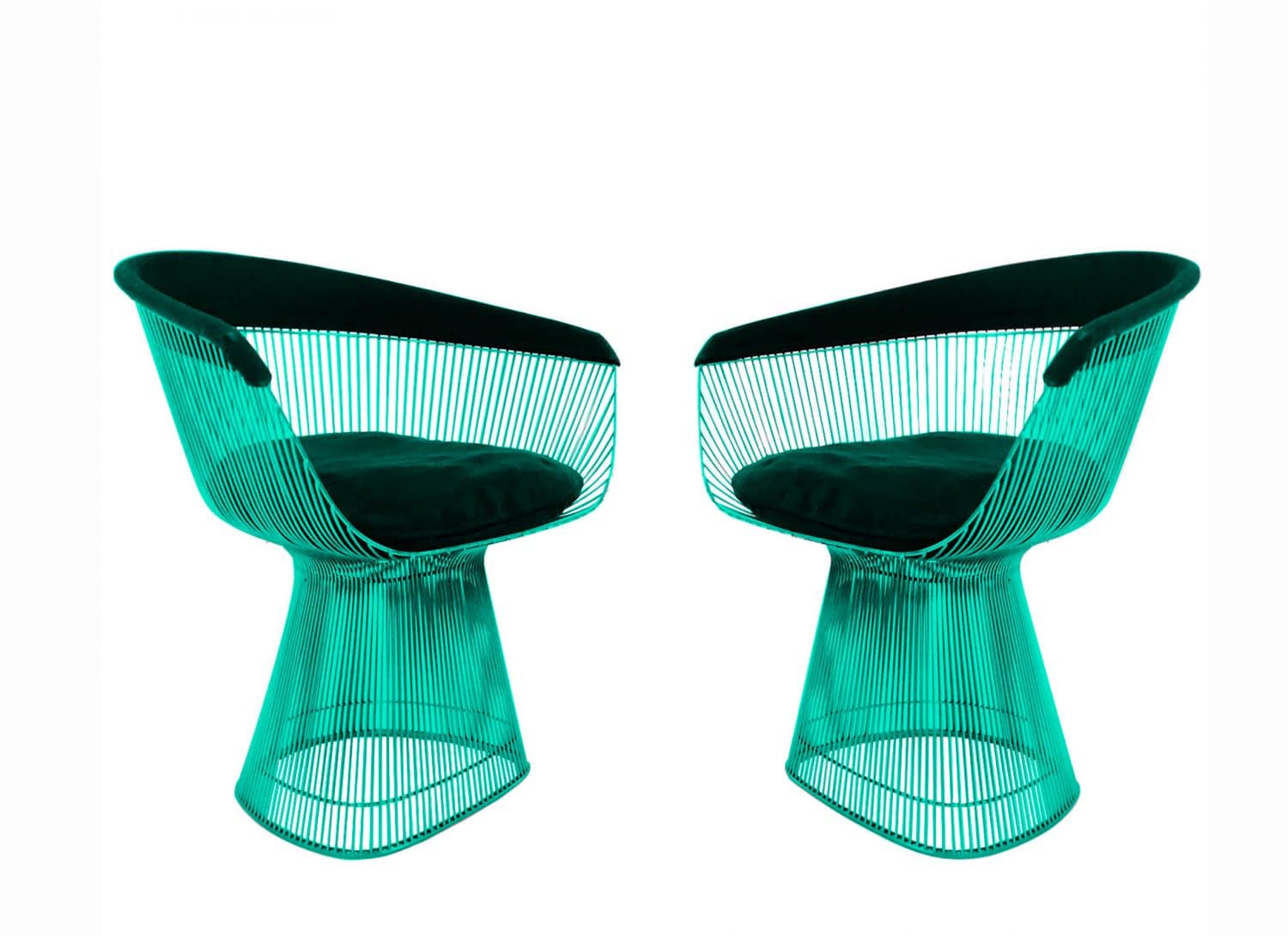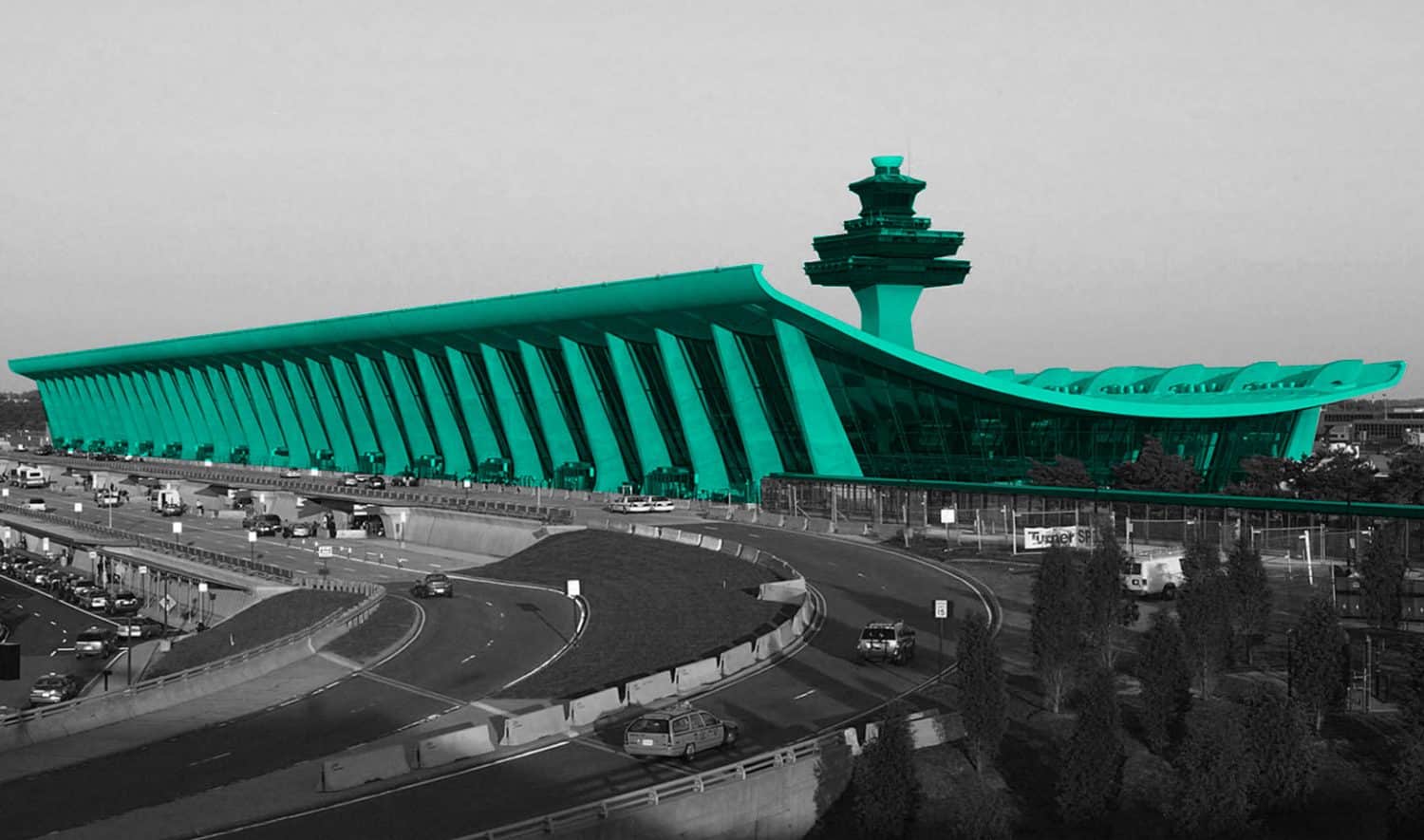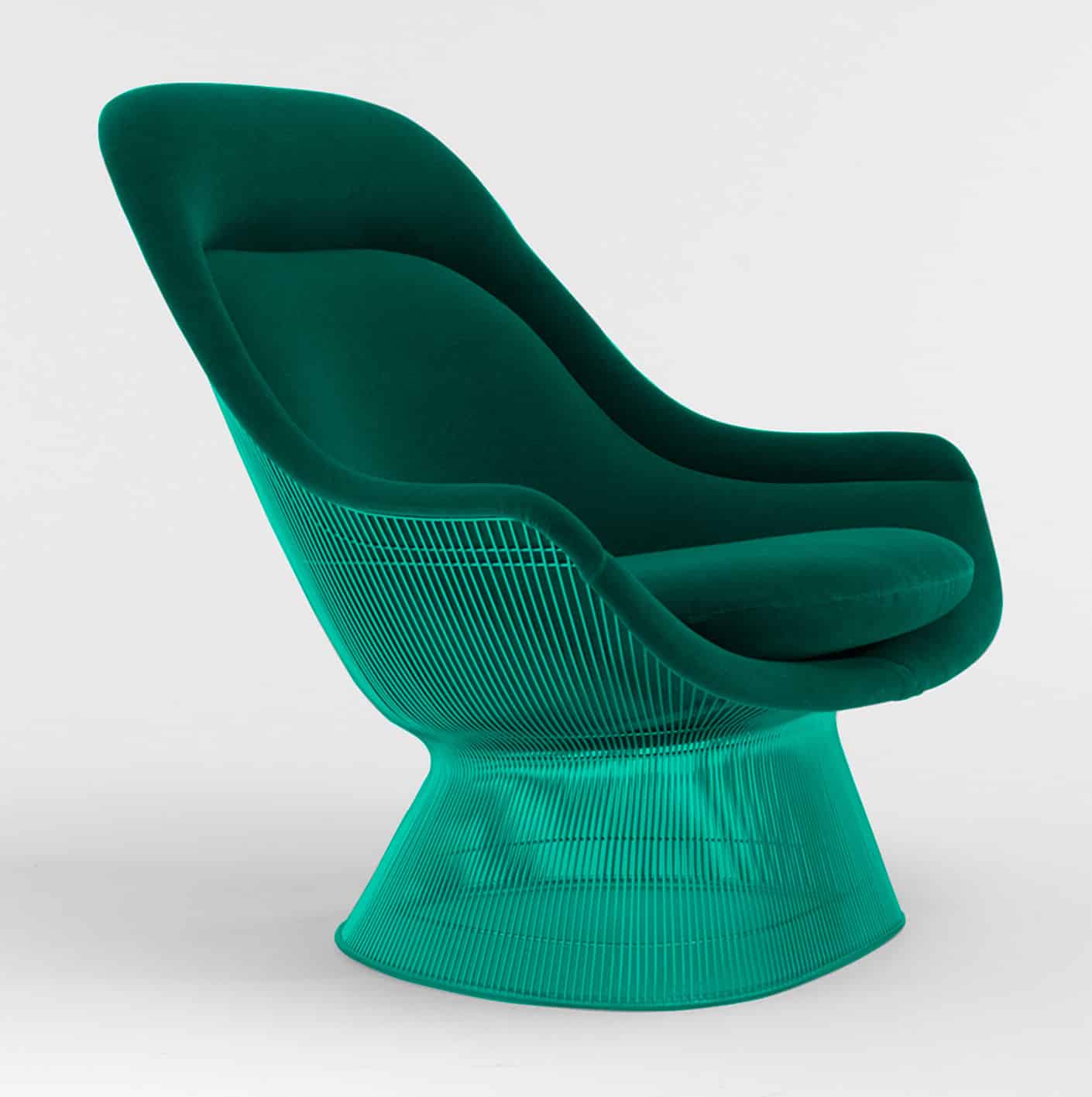INTERIOR
Warren Platner & Luxurious Modernism #Warren Platner

Throughout his professional career, Warren Platner worked for some of the most influential American architecture firms in the mid-twentieth century, such as Raymond Loewy, Ieoh Ming Pei, Minoru Yamasaki, Eero Saarinen and his successor Kevin Roche. Working with Saarinen, with whom he collaborated in the Dulles International Airport, Platner became interested in the interior design of the buildings, as he considered it an inherent part of an architecture project.
With Saarinen and later with Roche, Platner was in charge of the interior design of the Deere & Co. Administrative Center in Illinois and the Ford Foundation in Manhattan. He also designed The Ground Floor restaurant in the CBS building, which continues in the interior the same designing code that Saarinen conceived for the whole building.
Architecture is a very thorough education, and encompasses virtually every aspect of the plastic arts, and also encompasses aspects of engineering and many other disciplines.Warren Platner
Appart from the interior design, his better-known work is a series of chairs, ottomans and tables featuring a distinctive structure made of steel rods that dematerialise the base. In this series, produced by Knoll since 1966, there is an obvious influence from Saarinen’s Tulip chairs. Just as Saarinen attempted to erase the mayhem of chairs and tables’ legs in a room, Platner turned it into an almost immaterial play of shinings and reflections.
Platner opened his own architecture practice and designed buildings such as the New York showroom of the furniture brand Georg Jensen. However, he went on designing mainly interiors such as the Windows on the World restaurant, in the World Trade Center, categorized by the critics as “luxurious modernism”. Over the years, influenced by postmodernism, his style became even more exuberant and flamboyant, sometimes openly turning into kitsch.






